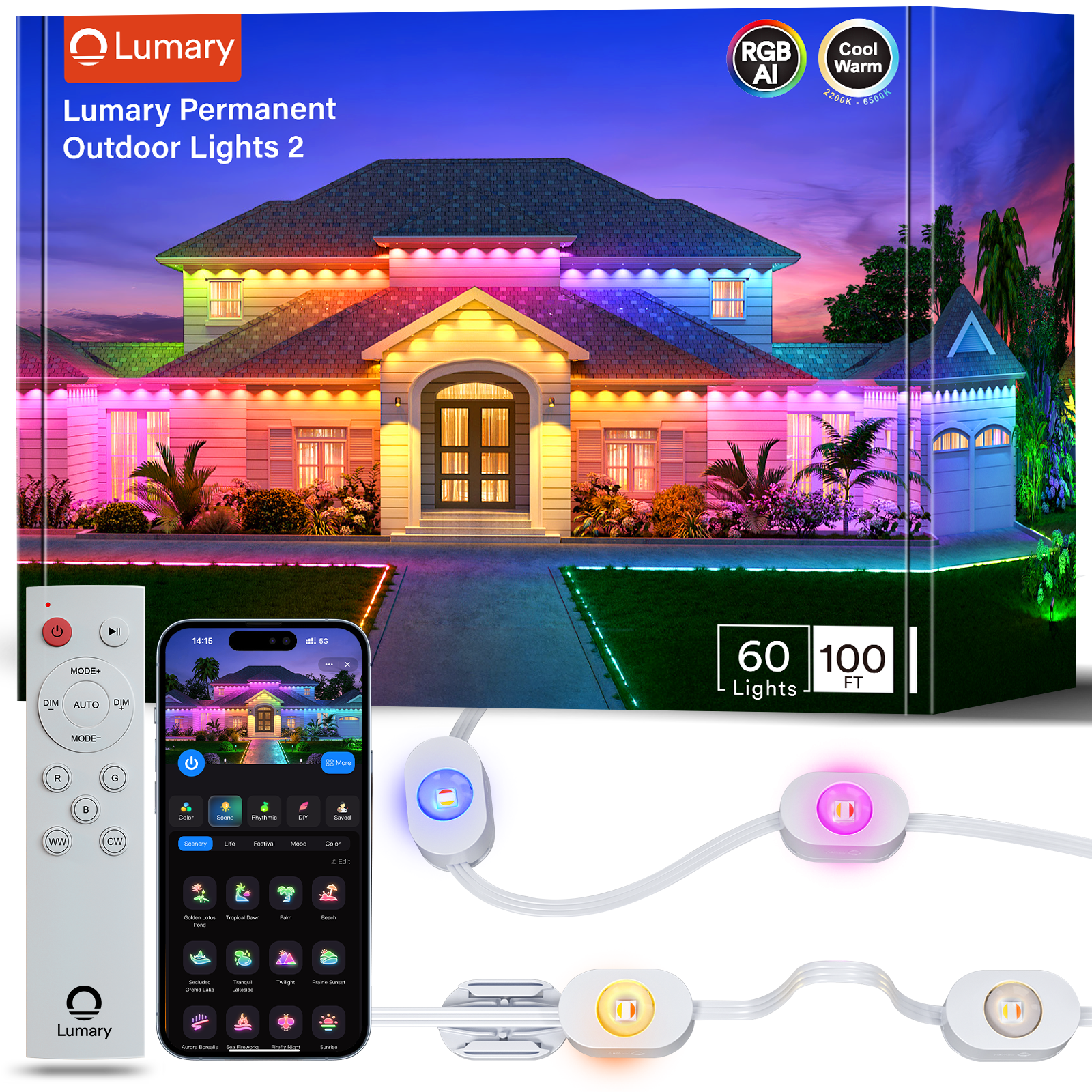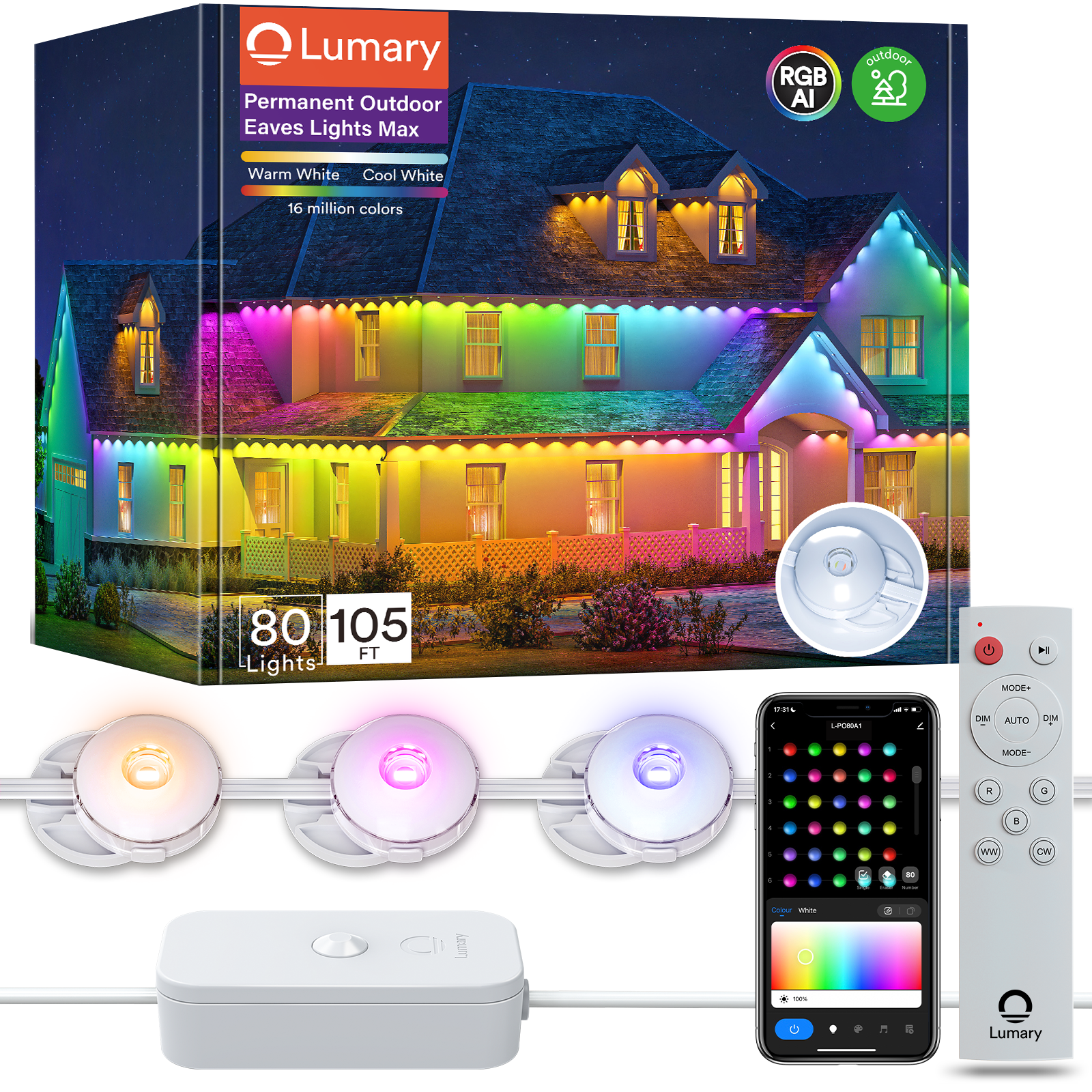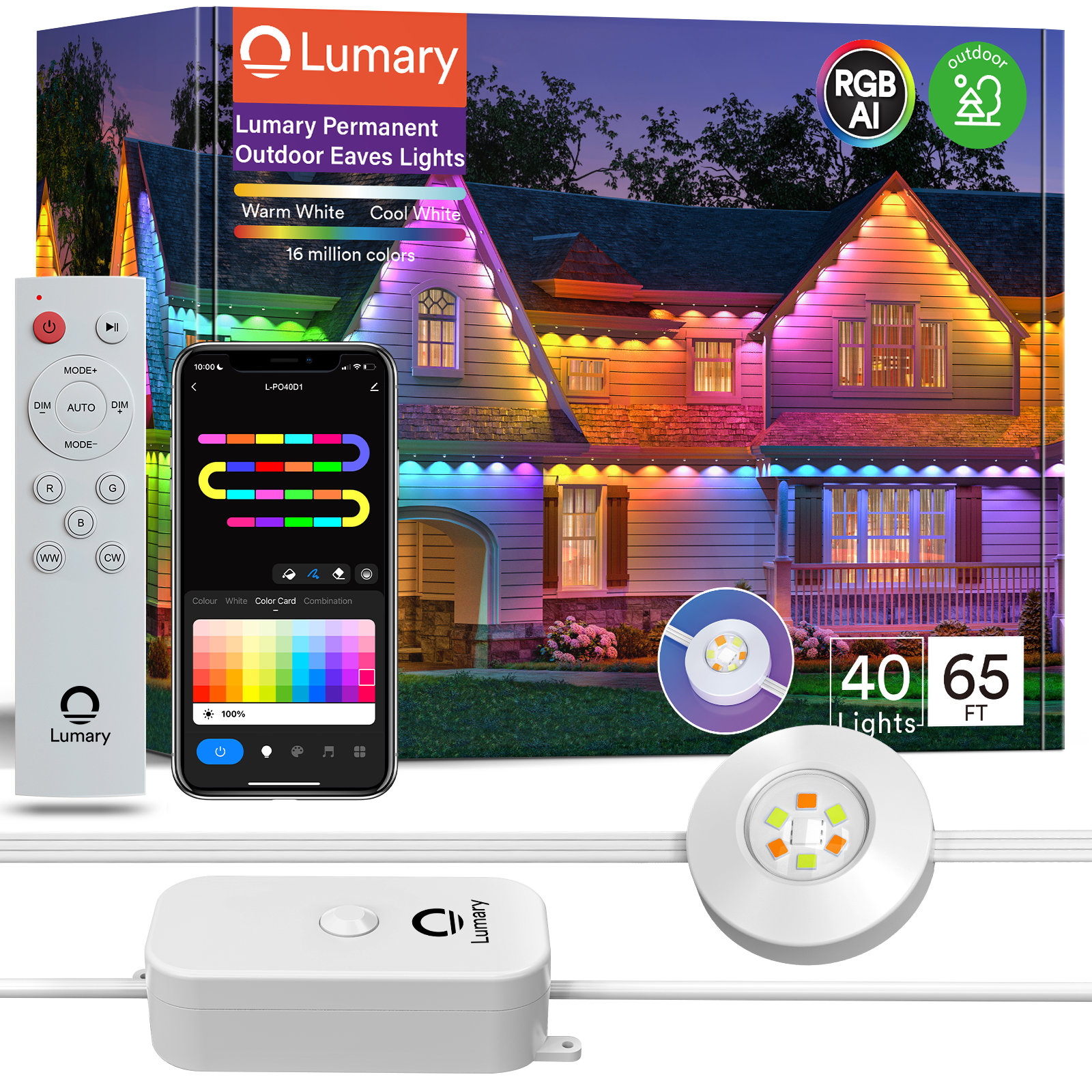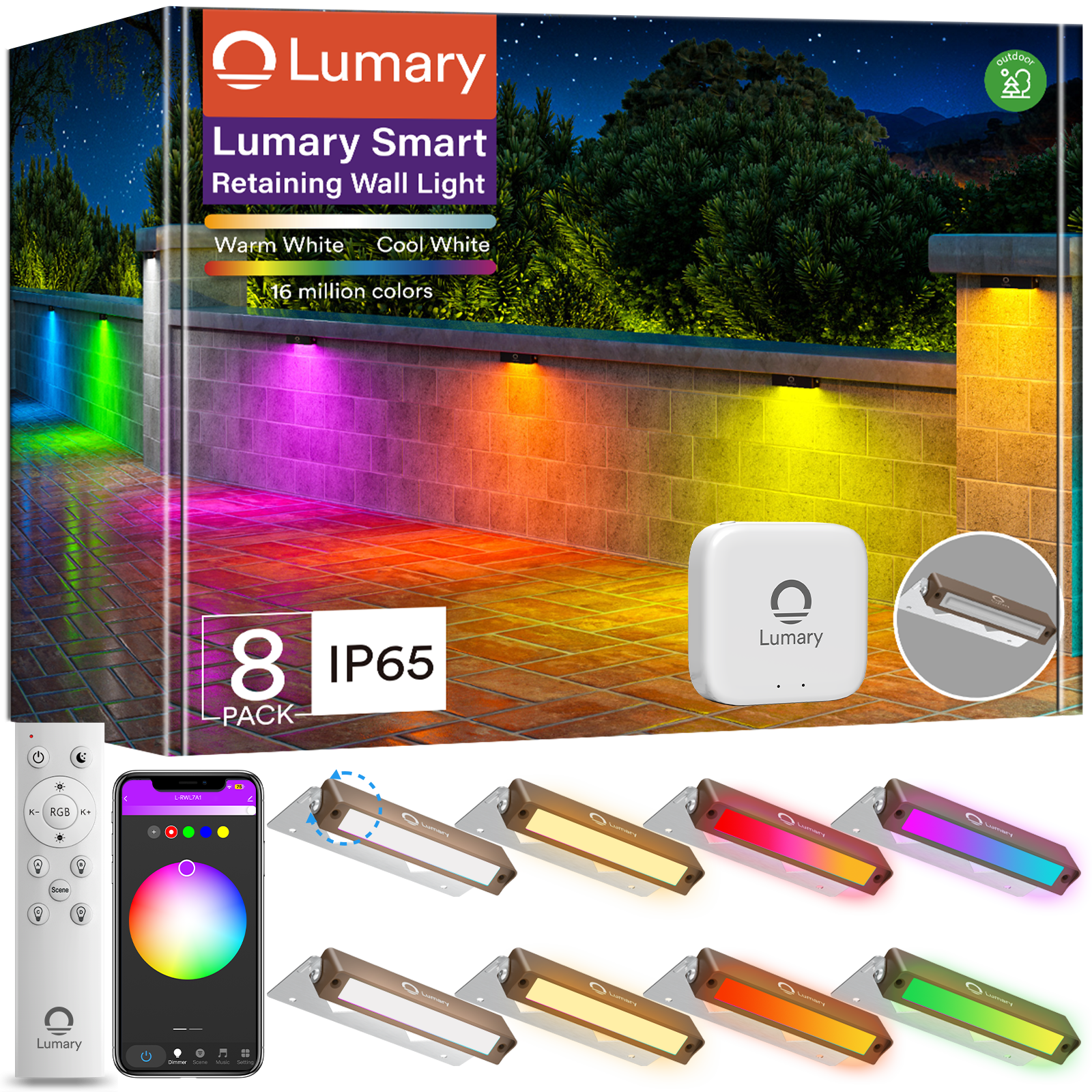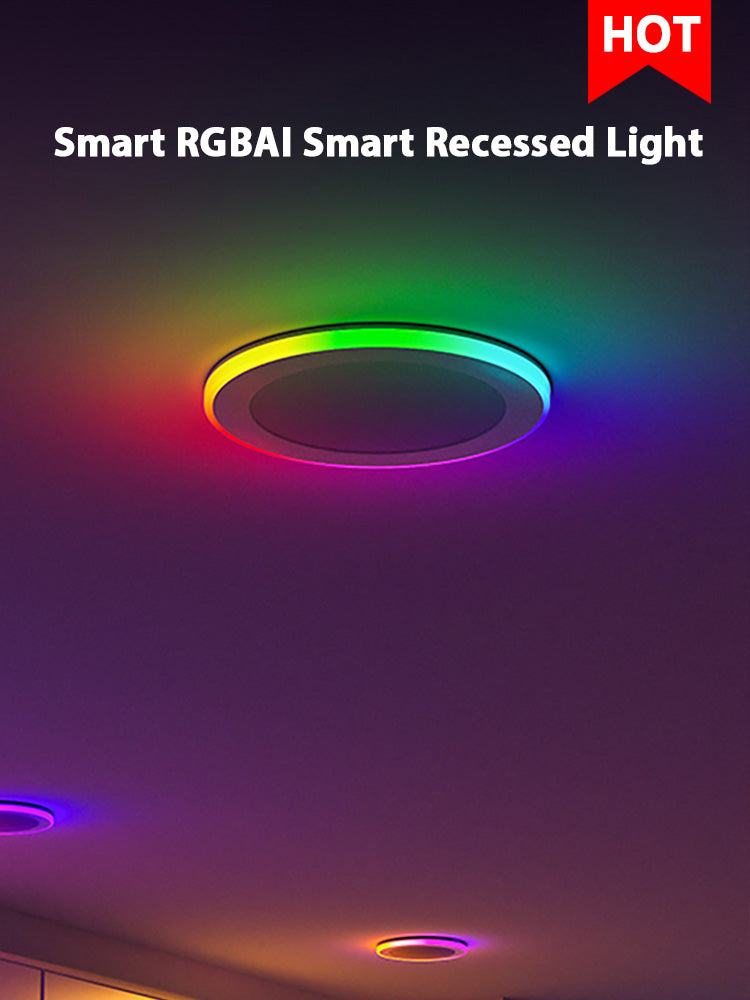To pick the right recessed lights for your home, think about how you use the room and match the fixture type, size, brightness, and color temperature to fit the way you use the space. Before you buy recessed lighting, plan your layout and spacing. Many people make mistakes like putting lights too close to walls, using the wrong trims, or ignoring ceiling height. Good lighting in your home feels simple when you focus on the best placement and the right type for each space.

Key Takeaways
-
Pick the right recessed light size, brightness, and color for each room’s use. This helps the room look its best.
-
Make a good lighting plan. Space the lights so there are no dark spots or glare.
-
Use LED recessed lights. They save energy and last a long time. You can also dim them to change the mood.
-
Pick trims and fixtures that match what the room needs. For example, use moisture-resistant lights in bathrooms.
-
Think about hiring a pro to install the lights for safety and good work. You can do it yourself if you follow the rules and plan carefully.

Lighting Checklist by Room
Kitchen
When you light your kitchen, you want bright, even coverage for cooking and cleaning. Before you buy recessed lighting, think about how you use the space. Most kitchens work best with 3-inch or 4-inch recessed lights. Place each fixture about 2 to 3 feet apart for good light coverage, especially over counters and islands. Choose a color temperature between 3000K and 4000K for a fresh, energizing feel. Each fixture should give you 700 to 1200 lumens. Dimmable LED bulbs help you adjust the mood.
|
Aspect |
Recommendation |
|---|---|
|
Fixture Size |
3-inch or 4-inch |
|
Lumens per Fixture |
700–1200 |
|
Color Temperature |
3000K–4000K |
|
Spacing |
2–3 feet apart |
|
Trim Type |
Baffle, adjustable, reflector |
Tip: Sketch your kitchen and mark where you want each downlight. Keep lights about 12 inches from the edge of islands and 24 inches from walls.
Bathroom
Bathrooms need both relaxing and bright lighting. Use fixed or adjustable recessed fixtures. For a cozy feel, pick warm white (2700K–3000K). For tasks like shaving, use cooler light (up to 5000K) with high CRI. Always use damp-rated fixtures for safety.
-
Fixture size: 4-inch works well.
-
Place lights 3–4 feet apart.
-
Use baffle trims to cut glare.
-
Add dimmers for flexibility.
Note: Always use fixtures rated for wet or damp locations to keep your home safe.
Bedroom
Bedrooms feel best with soft, warm lighting. Use 4-inch recessed lights for gentle coverage. Aim for 100–300 lumens per fixture. Choose a color temperature between 2000K and 3000K to help you relax and sleep better. Dimmable lights let you set the mood.
-
Space fixtures about 4 feet apart.
-
Avoid placing lights right above the bed.
Living Room
Living rooms need flexible lighting for relaxing, reading, or watching TV. Use a mix of 4-inch and 6-inch recessed lights for wide coverage. Each fixture should provide 600–800 lumens. Warm color temperatures (2000K–3000K) make the room feel inviting.
|
Fixture Size |
Lumens per Fixture |
Color Temp |
Spacing |
|---|---|---|---|
|
4" or 6" |
600–800 |
2000K–3000K |
Half ceiling height apart (e.g., 4 ft for 8 ft ceiling) |
Plan your layout by sketching the room and marking seating, TV, and artwork. Keep lights about 3 feet from walls.
Hallway
Hallways need even, safe lighting. Use new construction or remodel recessed fixtures. Space them 4 to 6 feet apart and at least 2 feet from walls. Adjustable fixtures can highlight art or photos.
-
Fixture size: 4-inch is common.
-
Keep spacing even for smooth coverage.
Dining Room
Dining rooms look great with layered lighting. Use recessed lights for general coverage and add a pendant or chandelier for style. Place fixtures 3–4 feet apart, and use warm white (2700K–3000K) for a cozy feel.
Sketch your dining room and plan for both general and accent lighting to make meals feel special.
How to Choose Recessed Lighting
Room Size and Ceiling Height
When you pick recessed lighting, you want to match the fixture size to your room dimensions and ceiling height. This helps you get the right coverage and keeps your space balanced. If your room is small, like up to 10 by 10 feet, you should use smaller fixtures. For bigger rooms, you can go with larger lights.
Here’s a quick table to help you choose the right size for your space:
|
Room Size |
Fixture Diameter (inches) |
Ceiling Height Recommendation |
|---|---|---|
|
Small (up to 10' x 10') |
3-4 |
Flush mounts for 7-8 ft ceilings |
|
Medium (up to 12' x 12') |
4-5 |
Semi-flush for 8-10 ft ceilings |
|
Large (14' x 14' and up) |
6-8 |
Larger fixtures for 9 ft+ ceilings |
Tip: Use this formula to estimate fixture size: Room Length (ft) + Room Width (ft) = Fixture Diameter (inches).
Higher ceilings need deeper or reflector trims to push light down into the room. If your ceiling is tall, you may need more recessed lights or bigger fixtures to keep everything bright. For lower ceilings, stick with smaller or fewer lights so the space doesn’t feel crowded.
-
For 8-foot ceilings, space your lights about 4 feet apart.
-
For higher ceilings, you can use wider spacing or more powerful fixtures.
-
Always keep lights at least 2 feet from the walls.
Trim and Bulb Types
You have many types of recessed lighting trims to choose from. Each one works best in different spots:
-
Baffle trims: These are the most common. They cut down on glare and work well in living rooms, hallways, and bedrooms.
-
Reflector trims: These have shiny insides that bounce light, making them perfect for kitchens or rooms with high ceilings.
-
Adjustable trims (Eyeball, Gimbal): You can point these where you want, great for highlighting art or lighting up a reading nook.
-
Canless trims: These are thin and easy to install, with built-in LEDs. They look sleek and modern.
-
Shower trims: These are moisture-resistant, so they’re safe for bathrooms.
When it comes to bulbs, LED recessed lights are the top choice in 2025. They use less energy, last longer, and stay cool. You can also find halogen, incandescent, and compact fluorescent bulbs, but LEDs win for energy savings and low heat. Canless fixtures use integrated LEDs, which means you don’t have to change bulbs as often.
Note: If you want to dim your lights, make sure you pick dimmable LED bulbs and compatible trims.
Energy Efficiency and Dimming
Energy efficiency matters for your wallet and the planet. LED bulbs use up to 85% less energy than old incandescent bulbs. Canless recessed lights use integrated LED technology, which means less heat and lower power bills. They also make installation easier and help keep your home cooler.
Here’s a quick look at how different types of recessed lighting stack up:
|
Lighting Type |
Energy Efficiency Features |
Notes |
|---|---|---|
|
LED Bulbs |
Use up to 85% less energy, long lifespan |
Best for most rooms, cool to the touch |
|
Integrated LED, less heat loss, easy to install |
Great for new builds and remodels |
|
|
Traditional Can Lights |
Can use LED, halogen, or incandescent (LED is best) |
Older style, more heat, less efficient |
Want to know how many recessed lights you need? Try this simple method:
-
Measure your room (length x width) to get the area in square feet.
-
Decide how bright you want it (about 25 lumens per square foot for general lighting).
-
Multiply area by lumens per square foot to get total lumens needed.
-
Check the lumens output of your chosen fixture (for example, 600 lumens per light).
-
Divide total lumens by lumens per fixture to find out how many lights you need.
For example, if your room is 12 feet by 14 feet:
-
Area = 12 x 14 = 168 sq ft
-
Total lumens needed = 168 x 25 = 4,200 lumens
-
If each light gives 700 lumens: 4,200 ÷ 700 = 6 lights
Pro Tip: Always round up to the next whole number to avoid dark spots.
Dimmable LED recessed lights let you control the mood. You can make your room bright for cleaning or soft for relaxing. Just make sure your dimmer switch matches your LED fixtures.

How to Choose the Right Size
Fixture Size Guide
Picking the correct size for your recessed lights can make a big difference in how your space feels. You want to match the fixture size to the room’s function and ceiling height. Here’s a simple way to figure out how to choose the right size:
-
4-inch fixtures work best in small rooms or for accent lighting. You can use them in bathrooms, closets, or to highlight artwork. These smaller lights give you focused light without making the space too bright.
-
5-inch fixtures are a good middle ground. They fit well in bedrooms, small kitchens, or hallways. You get a balance of brightness and coverage.
-
6-inch fixtures are great for large rooms like living rooms, kitchens, or open areas. These bigger lights spread light over a wider area and work well for general or task lighting.
Tip: Think about what you do in each room. If you need bright, focused light for cooking or working, go with larger fixtures. For cozy spaces or accent lighting, choose smaller sizes.
Here’s a quick table to help you decide:
|
Fixture Size |
Best For |
Typical Room Types |
Ceiling Height |
|---|---|---|---|
|
4-inch |
Accent, task lighting |
Bathrooms, closets, art walls |
8 feet or lower |
|
5-inch |
General lighting |
Bedrooms, hallways |
8–9 feet |
|
6-inch |
Wide, bright coverage |
Kitchens, living rooms |
9 feet or higher |
Room function really matters when you pick the size. Smaller fixtures work well for focused tasks or small spaces. Larger fixtures light up big rooms and help you avoid dark corners. If you want to highlight a special spot, use a 4-inch light. For everyday use in a big area, a 6-inch fixture is your best bet.
Placement and Spacing
Getting the placement right is just as important as picking the size. If you space your recessed lights the right way, you avoid dark spots and make the room feel balanced.
-
Space your lights about 1.5 to 2 times the ceiling height apart. For example, if your ceiling is 8 feet high, place the lights 12 to 16 feet apart for general lighting.
-
For most rooms, spacing lights 4 to 6 feet apart works well. In areas where you need more light, like over a kitchen counter, you can put them closer together—about 3 to 4 feet apart.
-
Keep each light at least 2 to 3 feet away from the walls. This helps prevent harsh shadows and keeps the lighting even.
-
Don’t crowd your lights. Too many can cause glare, while too few leave dark patches.
-
Map out your room before you start. Draw a simple grid and mark where you want each light. Make sure you cover key areas like seating, workspaces, or walkways.
Pro Tip: Use adjustable trims if you want to point light at a certain spot, like a reading chair or a piece of art.
If you have a large room or high ceilings, you might need more fixtures or higher wattage bulbs to keep things bright. Always think about what you do in the space. For example, a hallway needs even lighting for safety, so keep the spacing tight and regular. In a living room, you might want to create zones with different lighting levels.
By following these tips, you can make sure your recessed lighting looks great and works well in every room. Remember, the right size and placement help you avoid dark spots and create a comfortable, inviting space.
Advanced Recessed Lighting Features
Dimmable and Smart Options
You can make your home feel modern and comfortable with dimmable and smart recessed lighting. Dimmable lights let you change the brightness for any activity. Want to watch a movie? Lower the lights for a cozy, ambient glow. Need to clean or cook? Turn them up for bright, clear light.
Smart LED recessed lights take things to the next level. You can control them with your phone, a tablet, or even your voice. Many systems let you set up scenes for different times of day or activities. For example, you can create a “morning” scene with bright, cool light and a “relax” scene with soft, warm light. Some smart lighting systems connect with other devices in your home. You can link your lights with music, locks, or thermostats for a seamless experience.
Here are some cool features you might find in smart recessed lighting:
-
Control brightness and color with an app or voice commands.
-
Set schedules or timers for your lights.
-
Use motion sensors for hands-free lighting.
-
Sync lights with other smart devices for full home automation.
-
Adjust lighting in one room or the whole house at once.
Tip: Smart lighting can help you save energy by turning off lights when you leave a room or by dimming them during the day.
Color Temperature and Customization
You can change the mood in any room by adjusting the color temperature of your recessed lighting. Warm light (2700K–3000K) feels cozy and helps you relax. Cool light (4000K and above) makes you feel alert and focused. This flexibility lets you match your lighting to your daily routine. In the morning, use cooler light to wake up. At night, switch to warmer tones to wind down.
Studies show that the right color temperature can boost your mood and help you sleep better. You can also use dimmers to fine-tune the brightness for reading, working, or relaxing.
In 2025, you have more ways than ever to customize your lighting:
-
Choose from millions of colors for a fun, personalized look.
-
Pick from different trim styles, like baffle or reflector, to match your style.
-
Try ultra-thin or trimless fixtures for a modern, seamless ceiling.
-
Use eco-friendly materials and energy-saving designs.
-
Set up custom scenes for parties, movie nights, or quiet evenings.
Smart LED recessed lights give you control, comfort, and style—all with a tap or a voice command.
Installation and Cost
DIY vs. Professional
When you want to install recessed lighting, you have two main choices: do it yourself or hire a professional. Each option has its own pros and cons.
-
Professional installation gives you access to better lighting fixtures and expert advice. Electricians know how to design the best layout and make sure everything meets safety codes. They handle tricky jobs like cutting into ceilings, wiring, and sealing. You also get the benefit of having your lighting work with smart home systems.
-
DIY installation can save you money, but it comes with challenges. You might not find the highest-quality fixtures at your local store. You must follow local codes to keep your home safe. The work can get messy, especially when you cut into ceilings and run wires. If you miss a step, you could end up with safety hazards.
Tip: If you want ease of install and peace of mind, hiring a pro is often the best choice. For simple projects or if you have experience, DIY can work, but always put safety first.
Budgeting Tips
The cost to install recessed lighting in 2025 averages about $180 per fixture, including materials and installation. Prices usually range from $100 to $300 per fixture. The total cost for a room depends on how many lights you need. For example, a 12x12 room may need 24 to 36 lights, so you can multiply the number of fixtures by the average cost to estimate your budget. Wiring, labor, and trim choices can also change the price.
You can save money with these tips:
-
Install several lights at once to lower the labor cost per fixture.
-
Pick canless recessed lights or LED retrofit kits for easy installation and less drywall work.
-
Buy your fixtures online or during sales to save up to 30% on materials.
-
Skip premium features like smart controls if you want to keep costs down.
-
Plan your project for off-peak times to get better labor rates.
-
Check if you need a permit and add the fee to your budget.
Smart planning and the right choices make your lighting project affordable and stress-free.
You can make your home brighter, more stylish, and energy efficient with the right recessed lighting. Start by thinking about how each space works, then sketch your ideas and measure before you buy. Use the checklist to plan fixture size, spacing, and controls. Smart choices like LED lights save money and boost your home’s value. Take a little time to plan, and you’ll enjoy a comfortable, modern home for years.
FAQ
What is the best color temperature for recessed lights?
You want warm white (2700K–3000K) for bedrooms and living rooms. Kitchens and bathrooms feel brighter with cool white (3000K–4000K). Pick what feels comfortable for your eyes and matches the room’s mood.
How far apart should I space recessed lights?
A good rule is to space lights about half the ceiling height apart. For an 8-foot ceiling, place lights 4 feet apart. This keeps the room bright and avoids dark spots.
Can I install recessed lights in a sloped ceiling?
Yes, you can! Look for adjustable or “gimbal” recessed fixtures. These let you aim the light straight down, even on a sloped ceiling.
Do I need special recessed lights for wet areas like showers?
Always use “wet-rated” or “damp-rated” fixtures in showers or bathrooms. These lights keep water out and help you stay safe.


